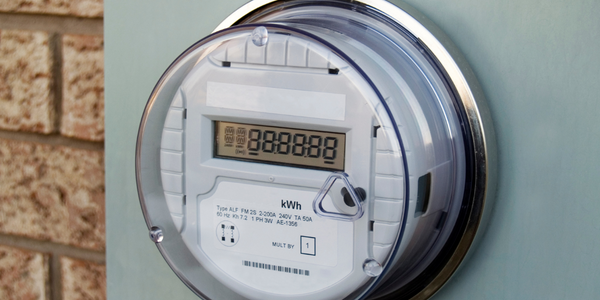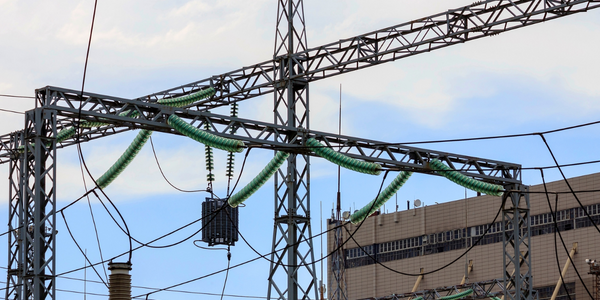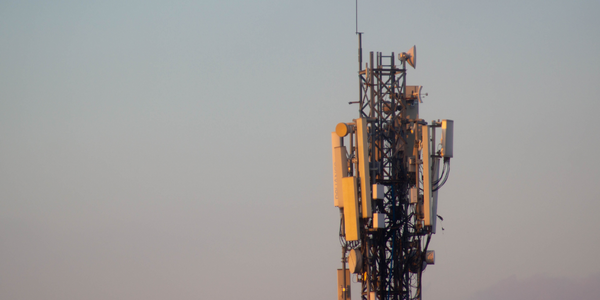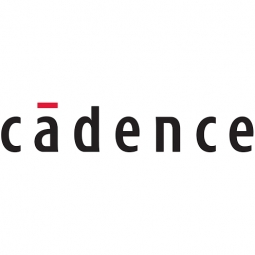Technology Category
- Networks & Connectivity - LoRa
- Networks & Connectivity - MQTT
Applicable Industries
- Electrical Grids
- Telecommunications
Applicable Functions
- Product Research & Development
- Quality Assurance
Use Cases
- Time Sensitive Networking
- Visual Quality Detection
Services
- System Integration
- Testing & Certification
About The Customer
Fujitsu Microelectronics Limited is a global leader in microelectronics for computers and communication devices. The company has been at the forefront of developing new technologies to meet the growing bandwidth requirements of mobile phones due to advances in multimedia offerings and consumer demand. Over the past five years, Fujitsu has been instrumental in developing a new standard for Worldwide Interoperability for Microwave Access (WiMAX). The company has successfully developed the first 65nm SoC for mobile WiMAX applications, a fully integrated MAC and PHY mixed-signal baseband processor designed to support frequencies ranging from 2 to 11GHz in both licensed and unlicensed bands.
The Challenge
Fujitsu Microelectronics Limited, a global leader in microelectronics for computers and communication devices, was faced with the challenge of making mobile WiMAX a reality by reducing chip size and power requirements. The key to achieving this was optimizing the power design for the lowest possible overall usage and shutoff leakage. Previously, independent decisions made at each stage of the design process often impacted other areas in unforeseen ways, adversely affecting the final power characteristics. The challenge was further compounded by the need to align power design around CPF with accurate simulation, move to smaller geometries, reduce design time, and improve the quality of silicon.
The Solution
Fujitsu adopted a more unified approach to power design, applying reference specifications from the beginning of the design process to drive optimization across engineering specializations. This approach was enabled by the Common Power Format (CPF)-enabled Cadence® Low-Power methodology, which became an integral part of the reference design flow (RDF) mechanism for low-power, submicron system-on-chip (SoC) designs. Fujitsu developed its own CPF-based RDF concept for the WiMAX project in 2007. For the main design flow of this project, Fujitsu chose the Cadence Low-Power Solution, which provides full front-to-back low-power capabilities for design, verification, and implementation. The Fujitsu RDF implementation was built around the Cadence platform to ensure smooth integration and data handoffs. Many CPF innovations were also incorporated into the Low-Power Solution and the Cadence Encounter® Digital Implementation System, creating the most advanced turnkey platform for CPF-enabled low-power design.
Operational Impact
Quantitative Benefit

Case Study missing?
Start adding your own!
Register with your work email and create a new case study profile for your business.
Related Case Studies.

Case Study
Hydro One Leads the Way In Smart Meter Development
In 2010, Ontario’s energy board mandated that time-of-use (TOU) pricing for consumers be available for all consumers on a regulated price plan. To meet this requirement, Hydro One needed to quickly deploy a smart meter and intelligent communications network solution to meet the provincial government’s requirement at a low cost. The network needed to cover Hydro One’s expansive service territory, which has a land mass twice the size of Texas, and its customers live in a mix of urban, rural, and remote areas, some places only accessible by air, rail, boat or snowmobile. Most importantly, the network needed to enable future enterprise-wide business efficiencies, modernization of distribution infrastructure and enhanced customer service. To meet these needs, Hydro One conceptualized an end-to-end solution leveraging open standards and Internet Protocols (IP) at all communication levels. The utility drew upon industry leaders like Trilliant to realize this vision.

Case Study
Selling more with Whirlpool
Whirlpool wanted to add connectivity to appliances and transform the company's relationship with customers. Traditionally, Whirlpool interaction with customers was limited to purchases made once every ten years. Connected washer and dryers provide exciting new features like remote management of start times and inter-machine communication.

Case Study
SAS® Analytics for IoT: Smart Grid
Companies face falling revenues, rising infrastructure costs, and increasing risk of outages caused by inconsistent energy production from renewable sources. Less money is coming in as more people and organizations take steps to curb their energy use. Utilities are paying more to maintain and build infrastructure due to increasing complexity, resulting from the rising number of intermittent and variable renewable energy sources connected in the distribution grid.

Case Study
Enel Secures Italian Power Generation Network
Electric energy operators around the world are working to increase the reliability and cyber resiliency of their systems. This includes Enel, a global power company that manages and monitors the Italian power grid. This grid:• Serves 31 million customers• Has a net installed energy capacity exceeding 31 gigawatts• Includes more than 500 power generation plants,including hydroelectric, thermoelectric, and wind• Is managed and monitored by Enel 24/7/365• Is operated by Terna, the Italian Transmission System Operator (TSO)Enel is responsible for the availability of the grid’s underlying ICS and industrial network. It also manages Regional Control Centers and Interconnection Centers which connect with the TSO. The TSO manages the flow of energy to the grid plus controls and remotely regulates the power generation of power plants, increasing and decreasing power production as required. The complex system of interaction and cooperation between Enel and the TSO has strong security implications as well as operational and business challenges.

Case Study
Vodafone Hosted On AWS
Vodafone found that traffic for the applications peak during the four-month period when the international cricket season is at its height in Australia. During the 2011/2012 cricket season, 700,000 consumers downloaded the Cricket Live Australia application. Vodafone needed to be able to meet customer demand, but didn’t want to invest in additional resources that would be underutilized during cricket’s off-season.




